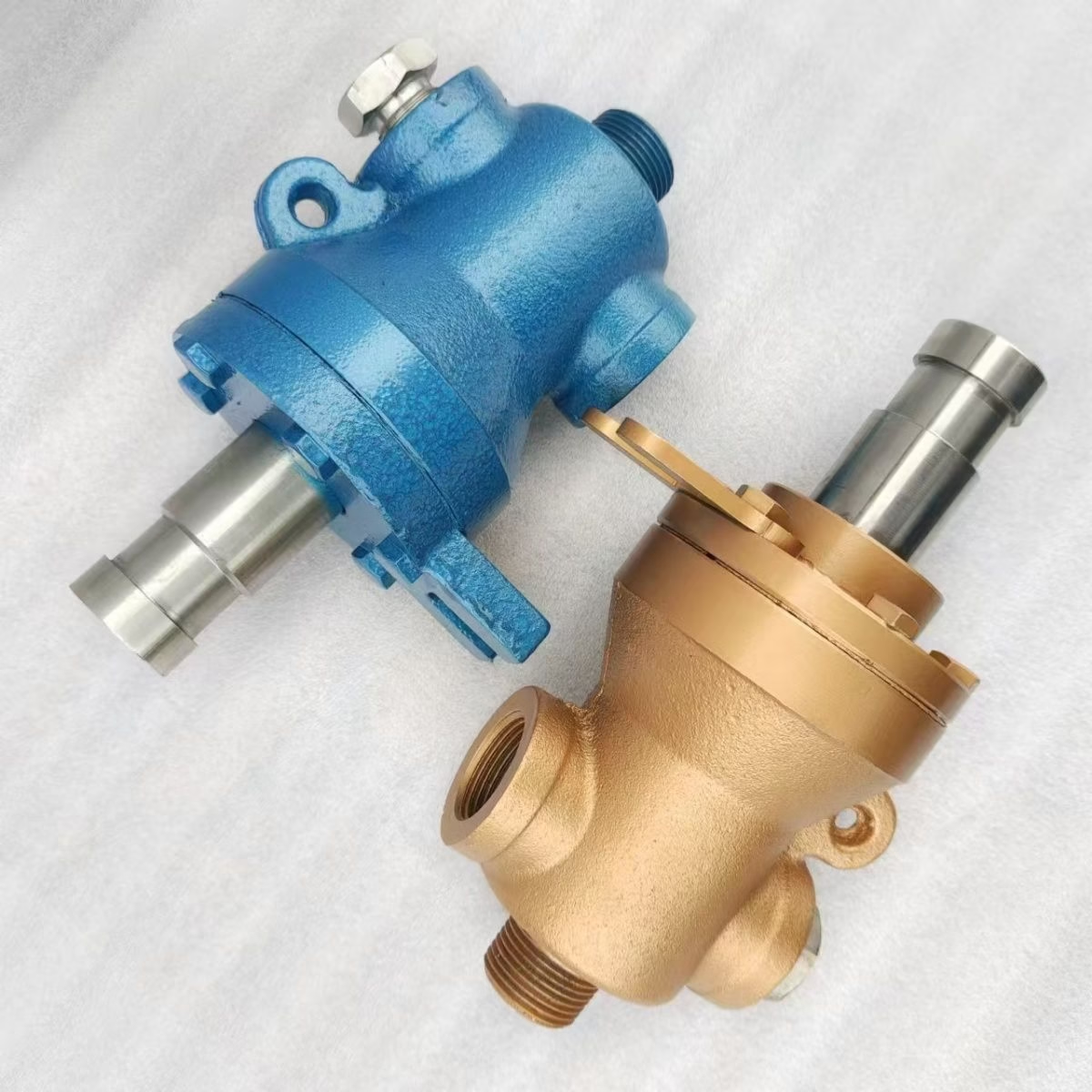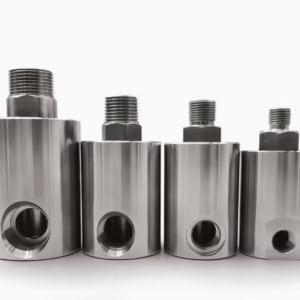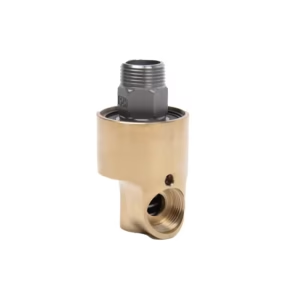Hydraulic Dual Flow Rotary Union for Sizing Machine
Original price was: $35.00.$30.80Current price is: $30.80.
- Flow Rate: 0.5 to 10 liters per minute (L/min)
- Pressure Rating: Up to 20 bar (290 psi)
- Temperature Range : 20°C to +100°C (68°F to +212°F)
- Material Construction: Stainless Steel, Brass, PTFE Seals
- Sealed Integrity: Advanced sealing technology for leak-free operation
- Rotational Speed: Up to 1,000 rpm
- Connection Types: Metric or NPT threads, quick-connect couplings
- Corrosion Resistance: High resistance to chemicals and moisture
- Durability and Maintenance: Robust design with serviceable seals for longevity
Description





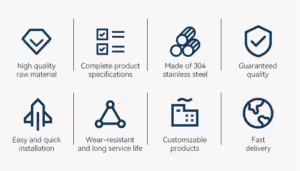 Hydraulic Rotary Union for Sizing Machines: Precision and Reliability for Optimal Performance
Hydraulic Rotary Union for Sizing Machines: Precision and Reliability for Optimal Performance
A hydraulic rotary union for a sizing machine is a critical component that ensures the reliable transfer of hydraulic fluid between stationary and rotating parts.In the textile industry, sizing machines play a crucial role in preparing yarns for weaving. The precision and reliability of these machines directly impact the quality of the final fabric. Our Hydraulic Rotary Union for Sizing Machines engineered to provide seamless, leak-free hydraulic fluid transfer, ensuring smooth and consistent operation, thereby optimizing the sizing process. Designed for durability and high performance, this rotary union is an essential component for modern sizing machinery.
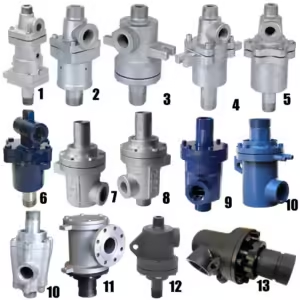
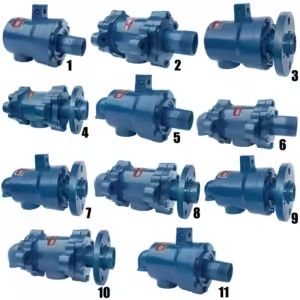
 Key Features
Key Features
High Passage Capacity: Handles a wide range of media simultaneously, optimizing system efficiency.
Low Friction Design: Incorporates precision bearings and seals to minimize friction, extending the service life of the union.
Leak-Proof Performance: Each passage is carefully sealed to prevent cross-contamination and leakage, ensuring reliable and safe fluid transfer.
Durable Construction: Made from high-quality materials to withstand the rigors of heavy-duty applications, providing long-lasting performance.
360-Degree Continuous Rotation: Allows unrestricted rotation, enabling continuous fluid transfer without any interruptions.
Multiple Passages: Available with multiple flow passages.
Customizable Ports: Can be custom-configured with various mounting options to suit specific installation requirements.
Temperature and Pressure Resistant: Operates effectively under a wide range of temperatures and pressures, adapting to diverse working conditions.
Maintenance-Friendly: The modular design facilitates easy maintenance and replacement of individual passages, minimizing downtime.
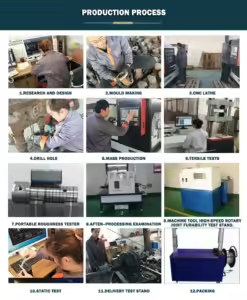


Applications
Textile Sizing Machines: Specifically designed for hydraulic systems in sizing machines, ensuring precise control and smooth operation.
Industrial Machinery: Suitable for any machinery requiring continuous hydraulic fluid transfer between stationary and rotating components.
Automated Systems: Ideal for automated textile manufacturing processes where reliability and precision are paramount.
 Why Choose Our Hydraulic Rotary Union?
Why Choose Our Hydraulic Rotary Union?
Our Hydraulic Rotary Union for Sizing Machines engineered for excellence, providing a reliable and efficient solution for hydraulic fluid transfer in textile sizing applications. With customizable options, durable construction and a focus on performance, our rotary unions ensure your sizing machines operate at peak efficiency.

What is a hydraulic rotary union and how does it function in a sizing machine?
A hydraulic rotary union (also known as a rotary joint or hydraulic swivel) is a precision-engineered component that allows the transfer of hydraulic fluid between a stationary source and a rotating part in a sizing machine. This enables continuous operation of hydraulic actuators or other devices on rotating parts of the machine.
What are the key design capabilities of rotary unions used in sizing machines?
Rotary unions can be standard or custom-designed to fit specific sizing machine applications. They can accommodate a wide range of diameters and flow requirements, pressures up to 5,500 PSI (37,921 kPa), and various media types such as oil/hydraulic fluid, air/gas, water, and coolant. They also have options for SAE ORB, BSPP, and NPT connections.
What materials commonly used in hydraulic rotary unions for sizing machines?
While not explicitly stated for sizing machines, rotary unions in general often made from materials like steel, stainless steel or brass,3. The material choice depends on the fluid transferred and the operating environment. Stainless steel AISI 316 is often used for unions.
What are some common issues that can occur with hydraulic rotary unions and how can prevent?
Common issues include leakage, excessive wear and tear, and operational performance degradation. Preventive maintenance strategies such as regular inspections, scheduled seal replacements, and ensuring clean fluids can help reduce these issues and prolong the lifespan of the union.
What maintenance practices recommended for hydraulic rotary unions?
Recommended maintenance practices include regular visual inspections for leaks and wear, proactive seal replacement, ensuring fluid cleanliness, and using flexible hoses to prevent stress on the joints from machine shaft movements. It’s also important to avoid collisions and falls during handling and storage.
How important is concentric installation of a rotary union?
Concentric installation is crucial to ensure proper functioning of the rotary union. If the union runs untrue or tumbles, it indicates that the centering is not within the tolerance, which can lead to wear of the screw thread or mounting failure.
What should do if a leak detected in a hydraulic rotary union?
If fluid found around the union, investigate the source of the leak. It could be the seal, a crack in the housing, or a loose connection. Each requires different solutions.
What are the benefits of integrating a slip ring with a hydraulic rotary union in a sizing machine?
Integrating a UEA Slip Ring with a rotary union allows for the simultaneous transfer of power and data, optimizing space and improving efficiency in industrial setups.
What factors dictate the size of a rotary union?
Factors that dictate rotary union size include the center through-hole size, a liquid-tight cord grip, and the number, pressure rating, and size of ports.

